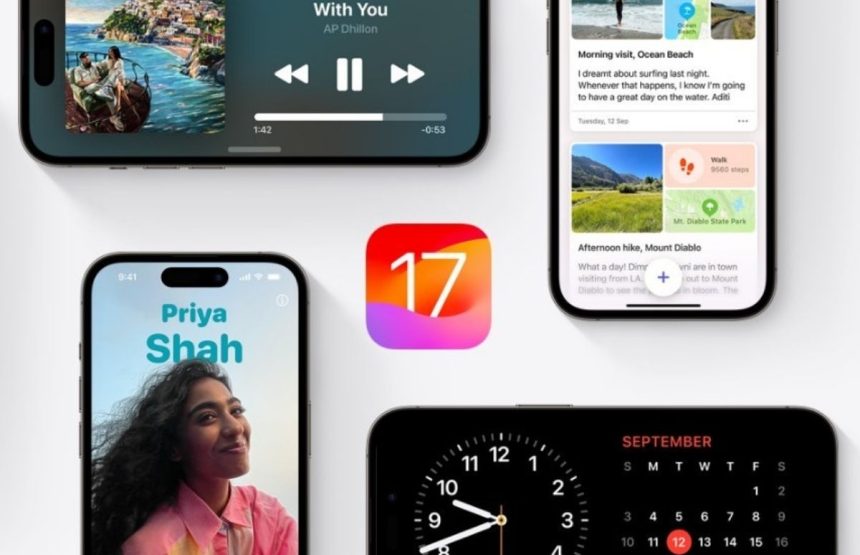Apple’s latest iOS update, version 17, is facing slower adoption compared to its predecessor, iOS 16. According to data released by Apple, only 76% of iPhones released in the past four years are currently running iOS 17, compared to 81% for iOS 16 at the same point in its lifecycle. This suggests that users are less enthusiastic about the features offered by iOS 17.
Here’s a breakdown of the adoption rates:
iPhones (Launched last 4 years):
iOS 17: 76%
iOS 16: 20%
Earlier: 4%
All iPhones:
iOS 17: 66%
iOS 16: 23%
Earlier: 11%
Interestingly, iPadOS 17 is experiencing a different story. 61% of iPads released in the last four years are already running the latest software, exceeding the 53% adoption rate of iPadOS 16. This trend extends to all active iPads, with 53% running iPadOS 17 compared to 29% for iPadOS 16.
Possible reasons for the slow iOS 17 adoption could be:
Less compelling features: While iOS 17 introduced features like NameDrop and Contact Posters, they might not be perceived as significant upgrades by users.
Performance concerns: Some users might be hesitant to update due to potential performance issues or compatibility concerns with older devices.
Waiting for iOS 18: Rumors suggest iOS 18 will be a major update with features like generative AI integration, which might be driving users to wait for the next iteration.
Apple is expected to release iOS 17.4 in March, which might address some of the concerns and potentially boost adoption rates. However, it remains to be seen if iOS 17 can catch up to the pace set by its predecessor.
The contrasting adoption rates between iOS 17 and iPadOS 17 highlight the different needs and expectations of users across different device categories. While smartphones might require more frequent and significant updates to drive adoption, tablets might be more focused on stability and core functionality improvements.






